Submitted by WA Contents
Danish Pavilion exhibits architectural prototypes showing the humanistic focus of Danish architecture
Denmark Architecture News - Jun 08, 2016 - 14:47 11165 views
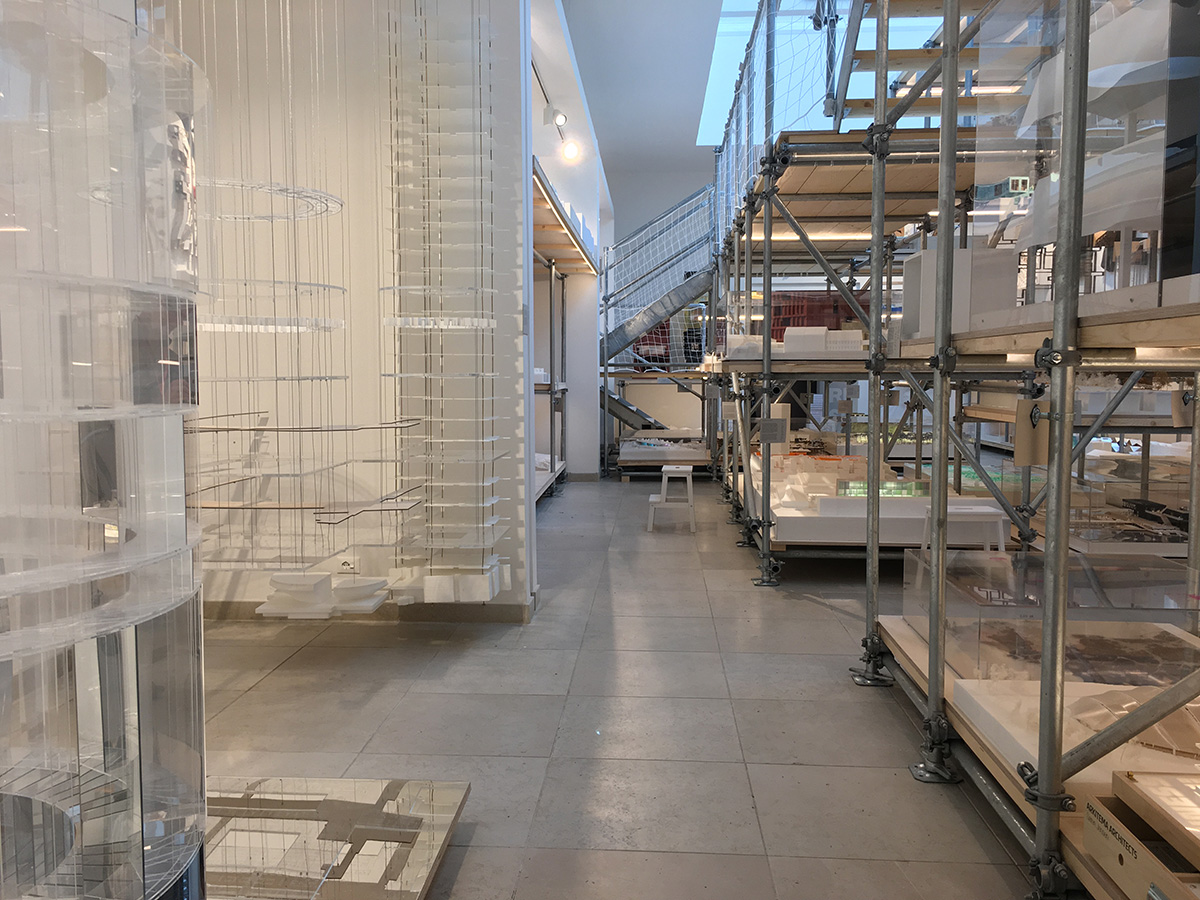
Danish Pavilion presents a snapshot of a new humanism of Danish Architecture at the 15th International Architecture Exhibition of Venice Architecture Biennale. The exhibition, Art of Many and the Right to Space is the Danish contribution to the Venice Architecture Biennale. The exhibition shows how Danish architects insist on creating high quality architecture that benefits the community as a whole rather than just a selected minority. The exhibition contains the work not of a single architect, but of more than 70 architecture practices, together demonstrating the wide-ranging social commitment and humanistic approach, which make Danish architecture something very special.

Image courtesy of Danish Pavilion
Curated by Boris Brorman Jensen and Kristoffer Lindhardt Weiss, the exhibition presents more than 130 projects in the exhibition. All are examples of the fact that it is not all about creating architectural showcases and prestigious projects for a minority and mass-produced building stock for the majority. Far from it. Danish architects work to create public spaces, hospitals, council housing, educational institutions, workplaces etc., for the benefit of the community, creating fresh spatial interpretations of Danish democracy and society.
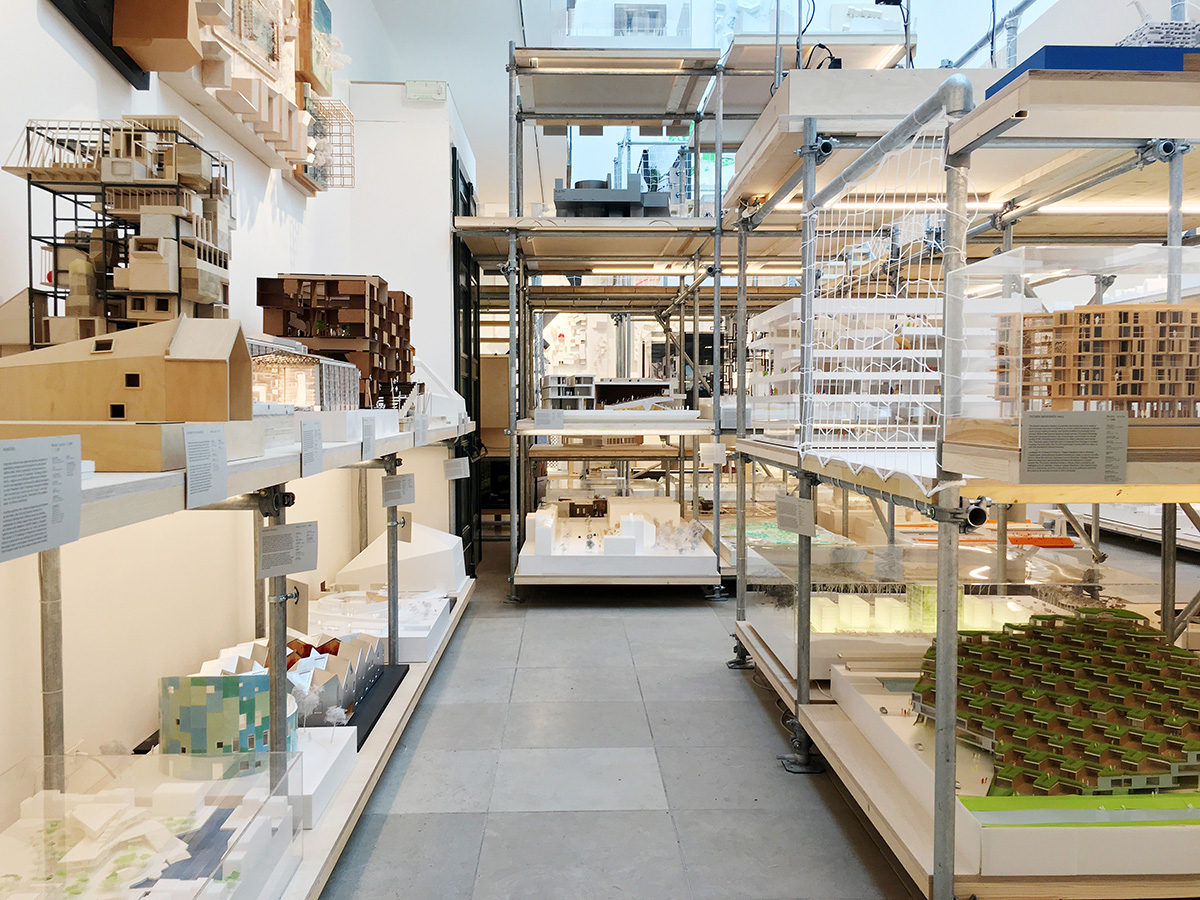
Image courtesy of Danish Pavilion
''We want this exhibition to show that day in and day out Danish architects engage in all sorts of small battles to raise the bar for good architecture to enhance the quality of life for the people of Denmark in general. They do this by constantly challenging themselves their environment, not just by solving tasks, but also by elevating them into something special. What makes architects in Denmark remarkable is their insistence on expanding potential and scope in just about every single project. That is the Danish front'' say the architect, Boris Brorman Jensen and the philosopher, Kristoffer Lindhardt Weiss, who have co-curated the exhibition and selected the wealth of projects.

Image courtesy of Danish Pavilion
The exhibition and its accompanying publication will also describe and discuss the legacy of the Danish welfare state's great visions and the current humanist trend in Danish architecture. This trend is rooted in the likes of the co-operative movement, associational life and the housing movement's ambitions to guarantee equal access to affordable housing.

Image courtesy of Danish Pavilion
But the present does not exude the same degree of optimism. Climatic challenges, the tough conditions, facing communities and ghettoisation are just some of the challenges that confront today's architects. They face the challenge of how to maintain a high level in a situation beset by scarcity of resources and cutbacks. Meanwhile, humanism involves some inherent paradoxes and conflicts.

Image courtesy of Danish Pavilion
One of the main spaces in the Biennale Pavilion is entitled The Right to Space. In the exhibition, the visitors encounter a video installation about Professor Jan Gehl's 50 years' work as a critic and advocate for respecting the human being in architecture forms the basis for a discussion about the right to urban space. Jan Gehl has helped out to put humanism on the agenda, not only in Denmark, but also in projects such as Time Square in New York, Market Street in San Francisco and urban development projects in the likes of Mexico City and Sao Paulo.

Image courtesy of Danish Pavilion
The other main space is a vast cabinet of curiosities containing 130 models, which occupies the whole space from floor to ceiling in a compact system of scaffolding, through which visitors will move. The abundance and multi-faceted nature of the models with their incredible variety of materiality create on overwhelming and inspiring experience of diversity in the Danish architecture of today.
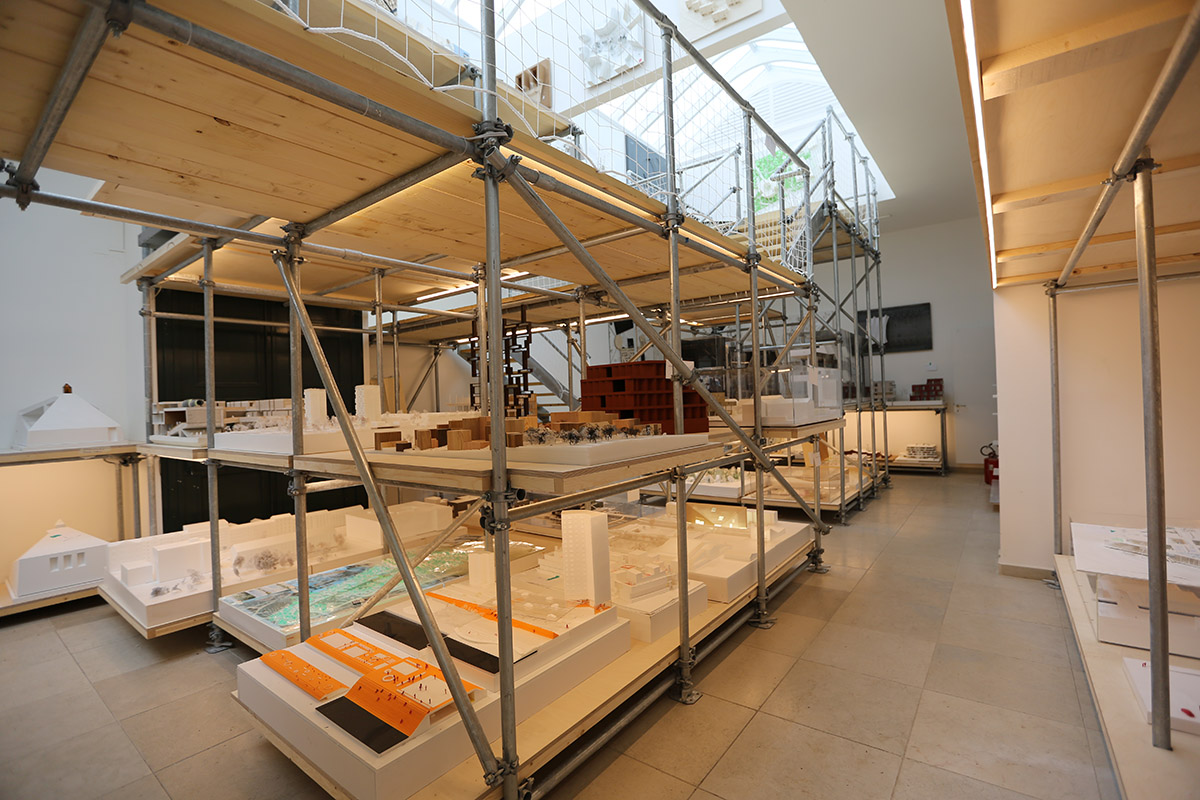
Image courtesy of Danish Pavilion
The exhibition is developed in close collaboration with the Danish Arts Foundation's Committee for Architecture Grants and Project Funding. The project is supported by Realdania, the Danish Ministry of Culture, the Danish Arts Foundation's Committee for Architecture Grants and Project Funding, the Dreyer Foundation and new Carlsberg Foundation.
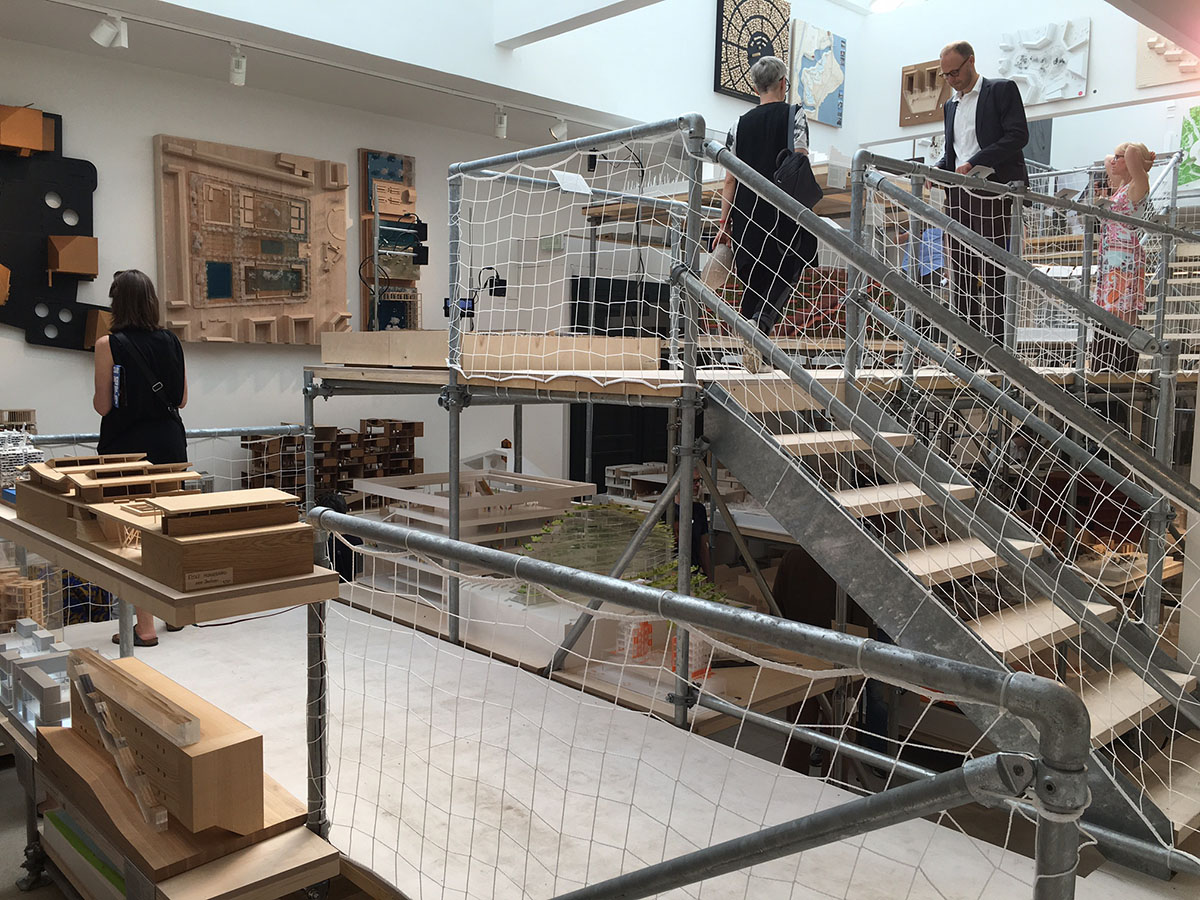
Image © WAC

Image © WAC
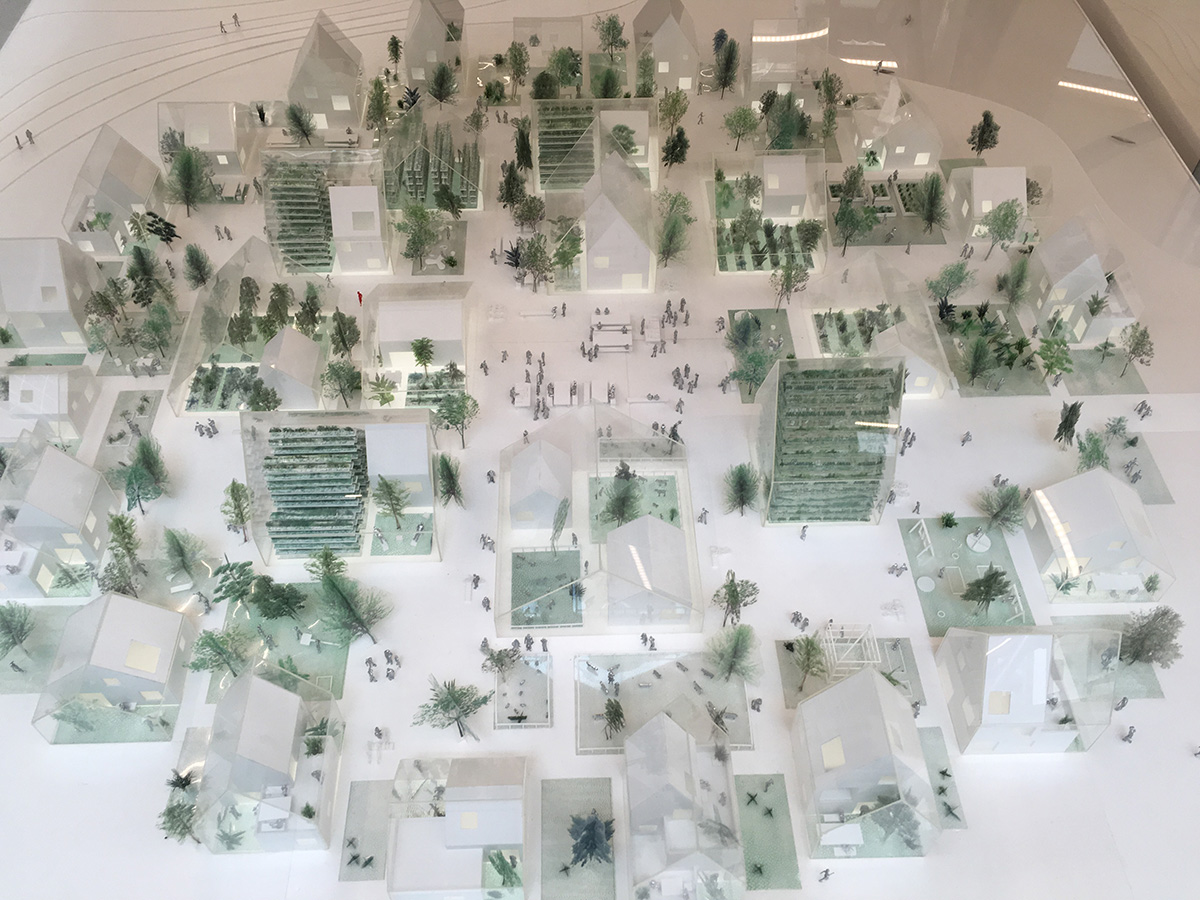
ReGen Villages in Almere, Netherlands by EFFEKT. Image © WAC
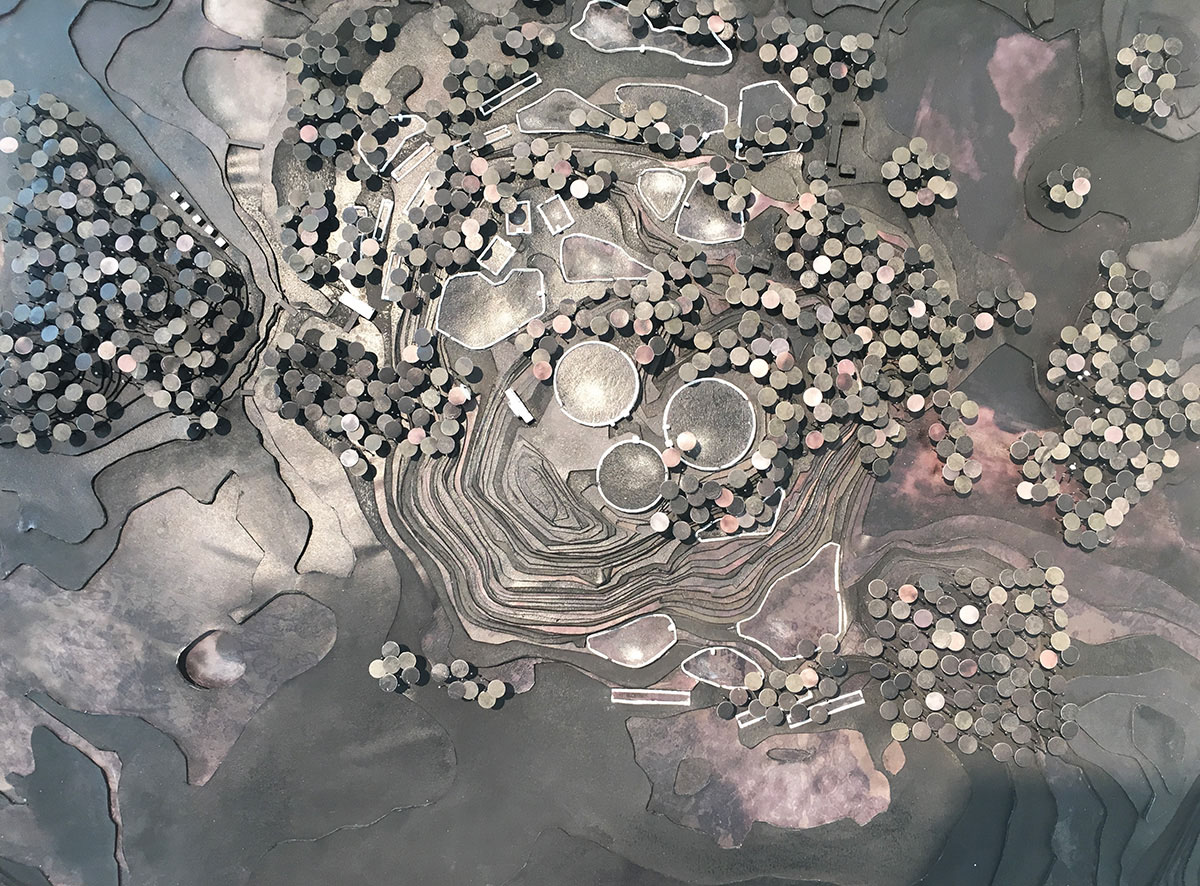
Jarva Burial Ground by Kristine Jensens and Tegnestue in Stockholm, Sweeden. Image © WAC

Bjarke Ingels before the interview. Image © WAC
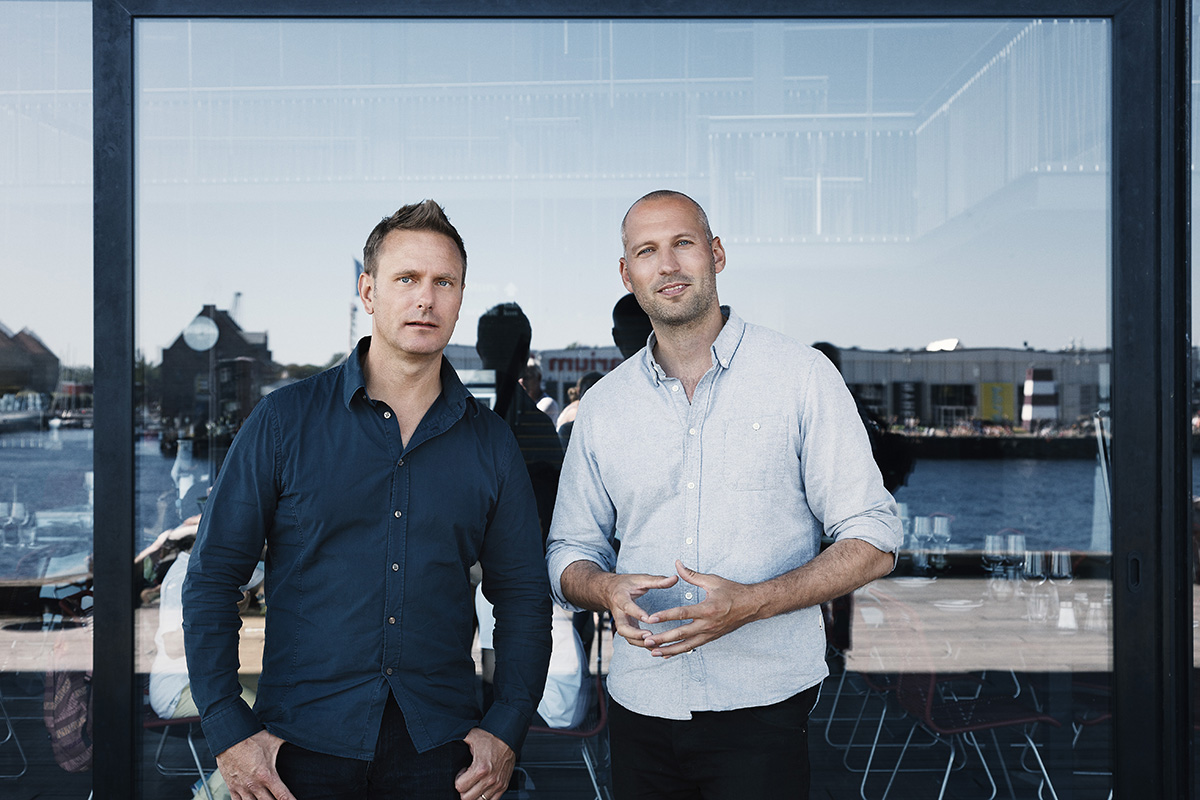
Curators of the exhibition, Boris Brorman Jensen and Kristoffer Lindhardt Weiss. Image © Stamers konto

Image courtesy of Danish Pavilion
Top image courtesy of Danish Pavilion
> via dac.dk/en/front-page/
